36 Of The Most Legendary German Cars Ever Made
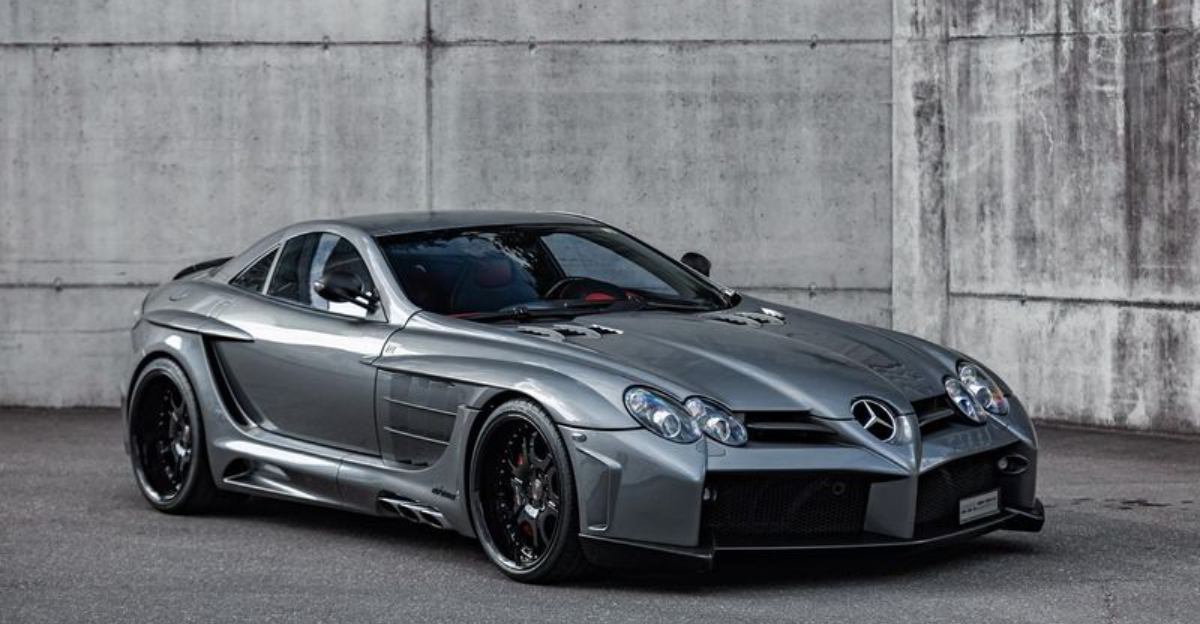
I still remember the first time I saw a Porsche 911 roaring down the autobahn during a family trip to Germany. That visceral thrill sparked my lifelong fascination with German engineering excellence.
From refined sports cars to innovative daily drivers, German automakers have consistently pushed boundaries and redefined automotive standards.
Let’s take a high-octane journey through the most iconic German machines that have left rubber marks on automotive history.
1. Mercedes-Benz 300SL Gullwing

Those doors! Opening skyward like a bird stretching its wings, the 300SL’s distinctive gullwing design wasn’t just for show.
Engineers created this solution when the car’s tubular chassis prevented conventional doors.
Launched in 1954 as the world’s fastest production car, this automotive masterpiece featured the first-ever direct fuel injection in a consumer vehicle.
Its 3.0-liter straight-six engine delivered 215 horsepower – astronomical figures for its era.
2. Porsche 911 Carrera RS 2.7
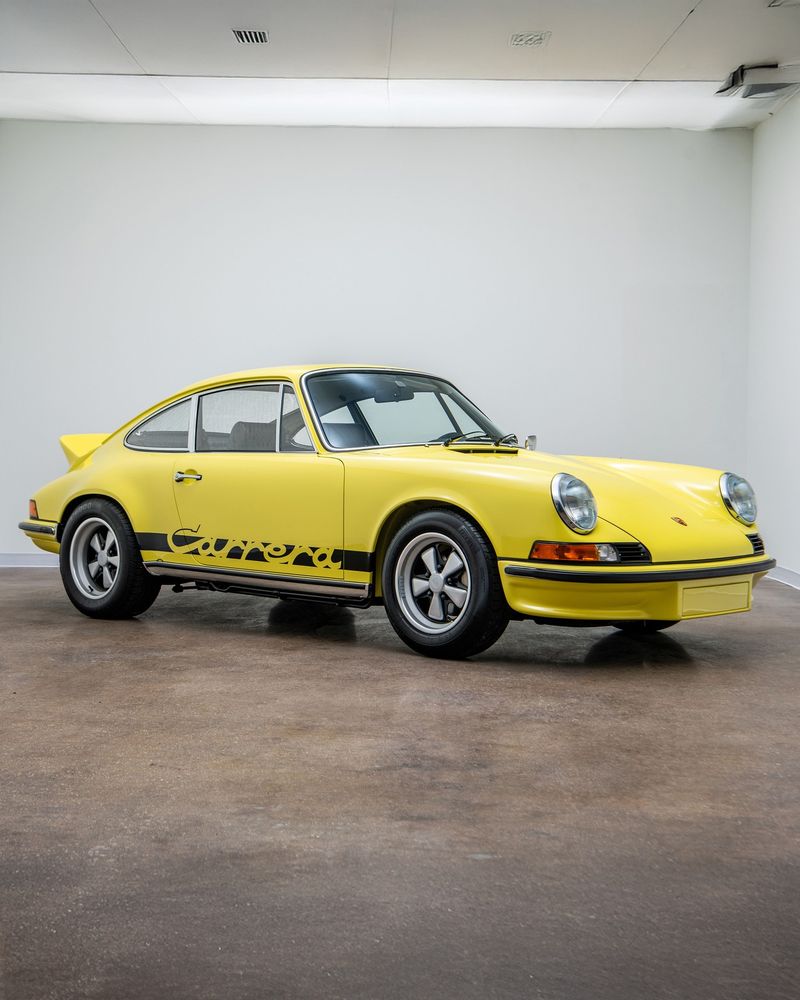
Racing heritage meets road-legal brilliance in this 1973 masterpiece. Porsche created the Carrera RS 2.7 as a homologation special – building street versions of race cars to qualify for competition rules.
Instantly recognizable by its distinctive “ducktail” rear spoiler, this lightweight performer packed 210 horsepower from its air-cooled flat-six.
Only 1,580 were ever made, and today they command seven-figure prices at auctions.
3. BMW 507
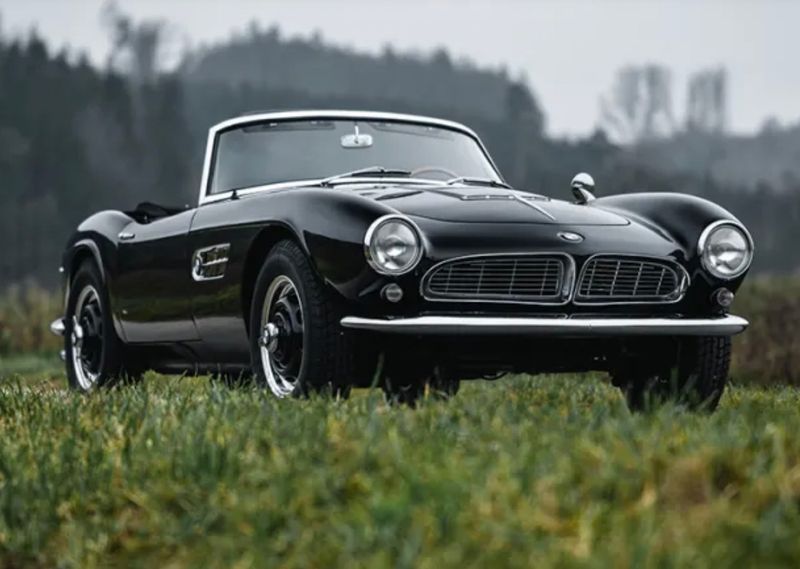
Graceful curves that captivated Elvis Presley himself, the BMW 507 remains the epitome of 1950s automotive elegance.
Designed by Count Albrecht von Goertz, this hand-built roadster nearly bankrupted BMW with its exorbitant production costs.
Powered by a 3.2-liter V8, the 507 balanced beauty with performance in perfect harmony. With only 252 ever produced between 1956 and 1959, spotting one today is rarer than finding a four-leaf clover in the Sahara.
4. Audi Quattro
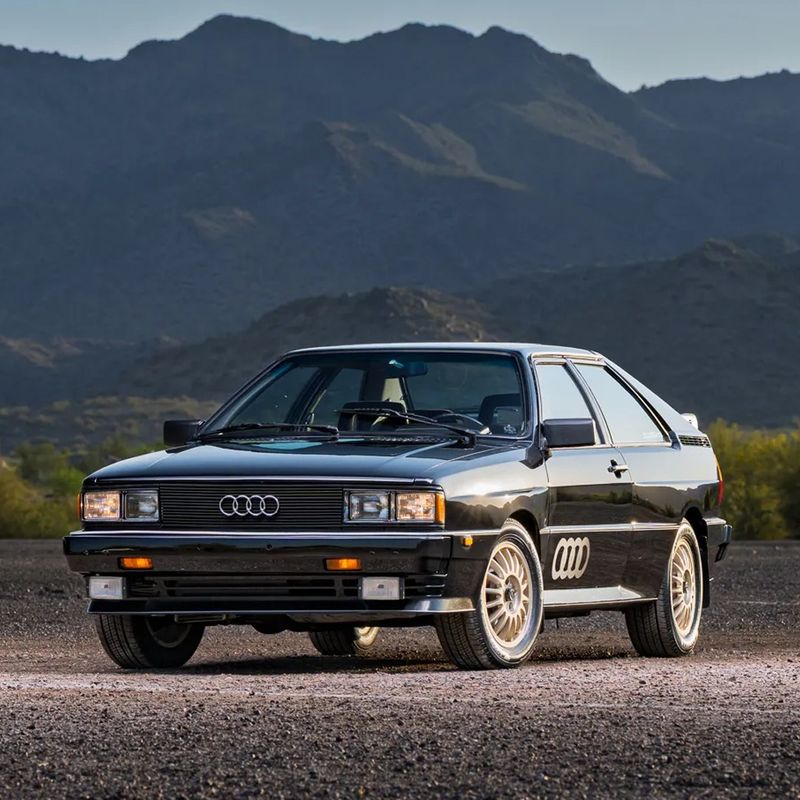
Rally domination begins here! Before the Quattro stormed onto the scene in 1980, all-wheel drive was reserved for trucks and off-roaders.
Audi’s engineering wizards changed everything by squeezing this technology into a performance coupe.
The boxy, muscular design housed a turbocharged five-cylinder engine that produced a symphony of pops and crackles.
Its revolutionary four-wheel-drive system helped drivers conquer ice, snow, and dirt with unprecedented grip, forever changing both rallying and production car design.
5. Volkswagen Beetle

From Hitler’s pet project to peace-and-love icon – no car has undergone such a dramatic image transformation as the humble Beetle.
Originally commissioned as the “people’s car” in the 1930s, this air-cooled, rear-engined bubble became the longest-running and most-manufactured car on a single platform ever.
Despite its modest performance, the Beetle’s charming personality and reliability won hearts worldwide.
Over 21 million were produced before the original finally ceased production in 2003, leaving behind a legacy of affordable mobility.
6. Mercedes-Benz 600

Dictators, rock stars, and movie moguls all agreed on one thing: nothing projected power like a Mercedes 600.
This hand-built leviathan featured a complex hydraulic system operating everything from the windows to the trunk lid with silent precision.
Weighing nearly three tons and stretching over 18 feet in Pullman form, the 600 demanded respect through sheer presence.
Its 6.3-liter V8 ensured this behemoth could still hustle when needed, while occupants enjoyed supreme isolation in its leather-lined cabin.
7. BMW M3 E30
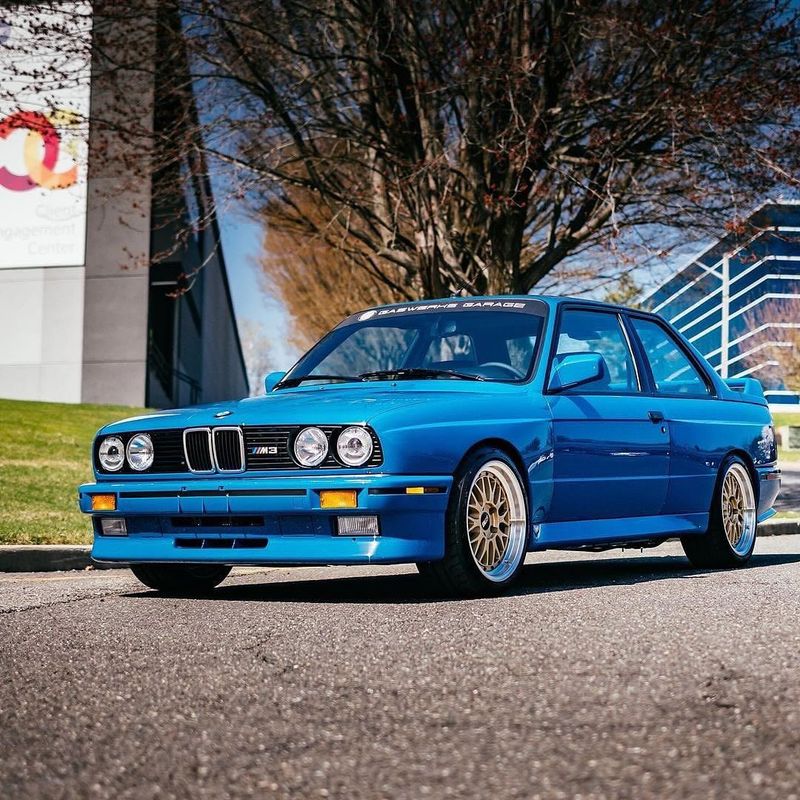
Motorsport DNA injected straight into a compact sedan – the original M3 wasn’t created to be a collector’s item but to dominate touring car racing.
BMW’s engineers transformed the humble 3-Series by widening the fenders, installing a high-revving four-cylinder engine, and refining every aspect of its handling.
The boxy silhouette concealed a precision instrument that delivered driving thrills previously reserved for exotic sports cars.
Today, clean examples command astronomical prices as enthusiasts recognize the E30 M3 as perhaps the purest driver’s car ever created.
8. Porsche 959
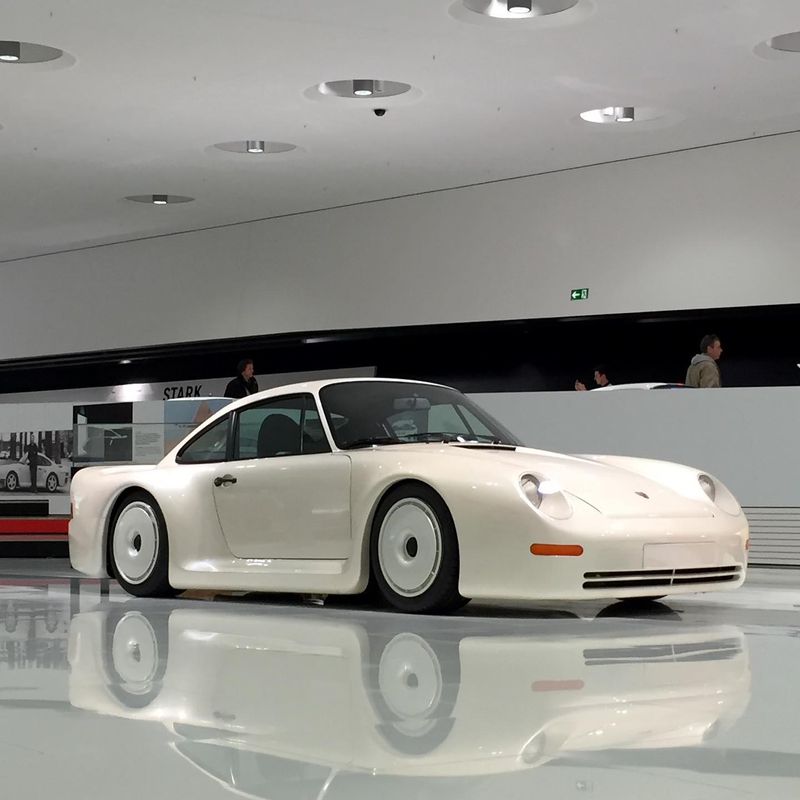
Welcome to tomorrow – in 1986! The 959 wasn’t just ahead of its time; it existed in a different temporal dimension altogether.
Porsche’s technological tour de force featured adjustable ride height, an advanced all-wheel-drive system, and sequential twin turbochargers.
Limited to just 345 units, this 197-mph supercar could handle any surface from racetracks to rally stages.
Bill Gates famously had his 959 impounded for years because the car was so advanced it couldn’t meet U.S. regulations – talk about being too cool for America!
9. Mercedes-Benz 190E 2.3-16
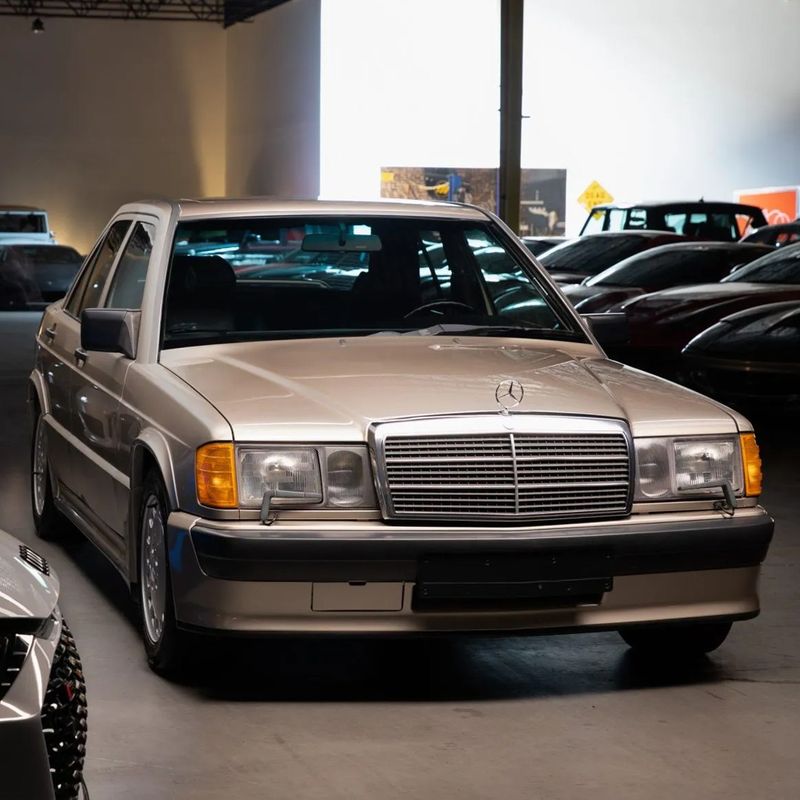
Cosworth-tuned and ready to rumble, the 190E 2.3-16 was Mercedes’ unexpected answer to the BMW M3. What began as a rally car project evolved into a touring car champion with a street-legal alter ego.
British engineering firm Cosworth worked their magic on the engine, creating a high-revving 2.3-liter four-cylinder that loved to sing.
With its subtle body kit and distinctive rear spoiler, this sleeper sedan proved Mercedes could be both sophisticated and sporty – decades before AMG became a household name.
10. Audi RS2 Avant

Hauling groceries at supercar speeds wasn’t a thing until the RS2 Avant arrived in 1994. This family wagon could embarrass sports cars while accommodating the kids, dogs, and luggage – the ultimate sleeper.
Born from an unlikely partnership between Audi and Porsche, it featured Porsche brakes, wheels, and exterior mirrors.
Under the hood lurked a turbocharged five-cylinder producing 315 horsepower, rocketing this practical wagon from 0-60 mph in just 4.8 seconds – quicker than most contemporary Ferraris!
11. BMW M1

Mid-engine madness with Italian styling and German precision – the M1 remains BMW’s most exotic creation. Originally planned as a joint project with Lamborghini (who later dropped out), this rare beast became BMW’s first dedicated M car.
Only 453 were built between 1978 and 1981, making it rarer than many Ferraris. The wedge-shaped supercar housed a 3.5-liter straight-six mounted midship, producing a glorious mechanical symphony.
Its racing version spawned the legendary one-make Procar series, where Formula 1 drivers battled in identical M1s.
12. Porsche 356 Speedster
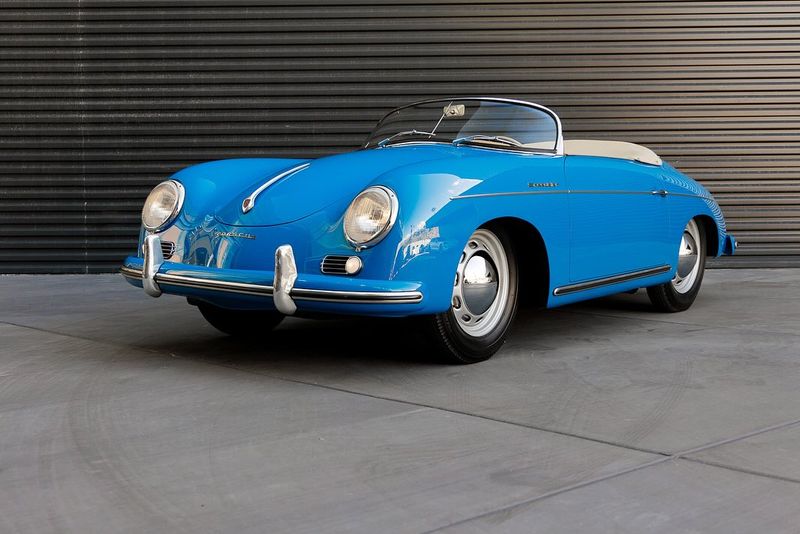
Minimalist perfection on wheels – the 356 Speedster stripped away everything unnecessary to create automotive nirvana.
Conceived by American importer Max Hoffman for sun-soaked California, this lightweight roadster featured a chopped windshield, bucket seats, and removable side curtains instead of proper windows.
Despite modest power from its air-cooled flat-four engine, the Speedster’s nimble handling and pure connection to the road created driving magic.
James Dean fell in love with Porsche because of the 356, cementing both the car’s legacy and the actor’s cool factor forever.
13. Volkswagen Golf GTI Mk1
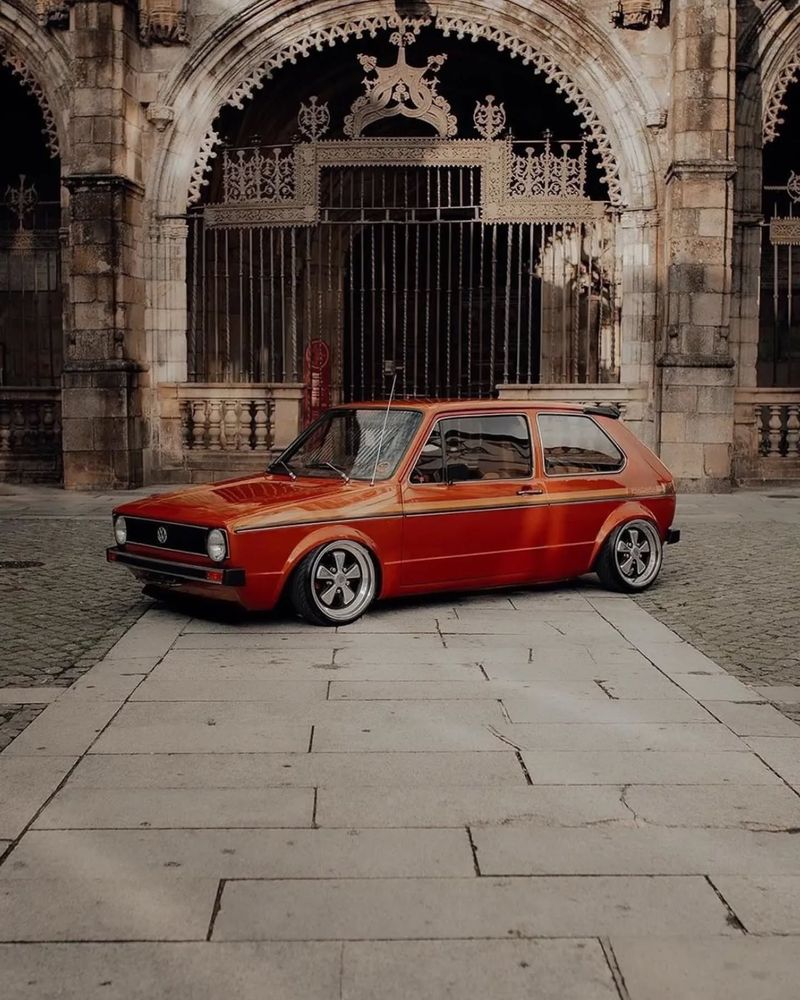
Hot hatch heaven began in 1976 when a small team of VW engineers created the GTI as an after-hours skunkworks project.
Taking the practical Golf hatchback, they added a fuel-injected engine, stiffer suspension, and subtle sporty touches including the now-iconic red grille stripe.
The result? A performance revolution that proved speed needn’t come with impracticality or a massive price tag.
The plaid seats and golf ball shift knob added playful personality to match its zippy performance. Nearly five decades later, every hot hatchback still follows the GTI’s brilliant formula.
14. Mercedes-Benz SLR McLaren
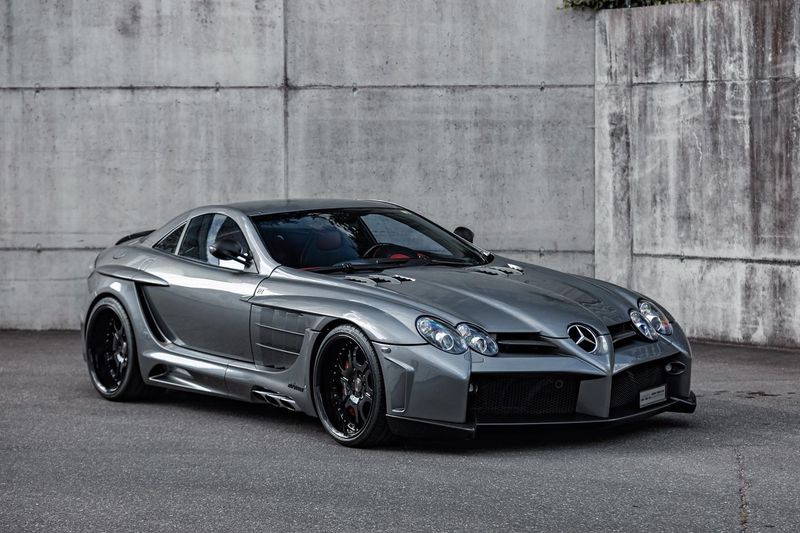
Thunderous supercar or gentleman’s express? The SLR McLaren straddled both worlds with its front-mid-mounted supercharged V8 producing a savage 617 horsepower.
Born from Mercedes’ partnership with McLaren during their Formula 1 dominance, this carbon-fiber missile featured dramatic side-exit exhausts and butterfly doors.
Its most distinctive party trick? Those incredible side pipes emitted enough heat to melt asphalt and produced a soundtrack like a WWII fighter plane.
Despite weighing nearly two tons, the SLR could hit 60 mph in 3.4 seconds and continue to a top speed of 208 mph.
15. BMW 2002 Turbo
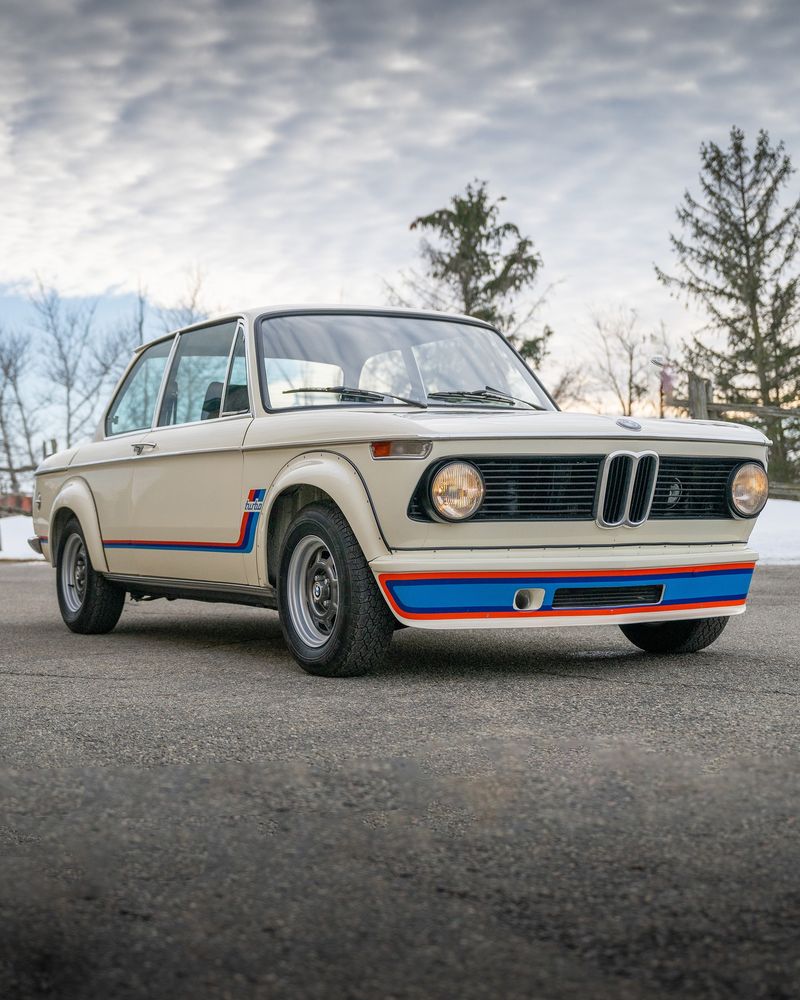
Turbocharging for the masses started here! The 2002 Turbo was Europe’s first turbocharged production car when it debuted in 1973 – just in time for the oil crisis (oops).
With mirrored “2002 turbo” graphics on its front spoiler, subtlety wasn’t in this BMW’s vocabulary. Only 1,672 were built, making this 170-horsepower pocket rocket incredibly rare today.
The lag-heavy turbo delivery provided an exciting “hold on tight” driving experience compared to modern turbocharged engines.
Without this pioneering model, BMW might never have embraced its “Ultimate Driving Machine” identity.
16. Porsche 918 Spyder
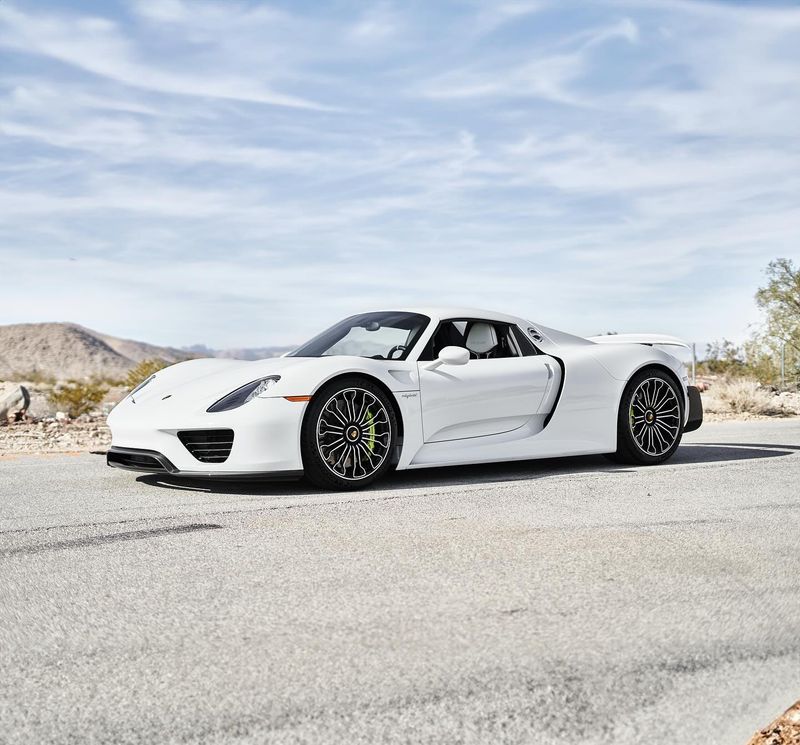
Hybrid technology never looked so sexy! The 918 Spyder combined a screaming naturally-aspirated V8 with two electric motors to create an 887-horsepower hypercar that could also drive silently on electric power alone.
With exhaust pipes exiting upward through the engine cover (just because it looks awesome), the 918 set a production car lap record at the Nürburgring in 2013.
Perhaps its most impressive feat was making hybrid technology cool among performance enthusiasts who previously scoffed at anything with a battery.
17. Mercedes-AMG GT R
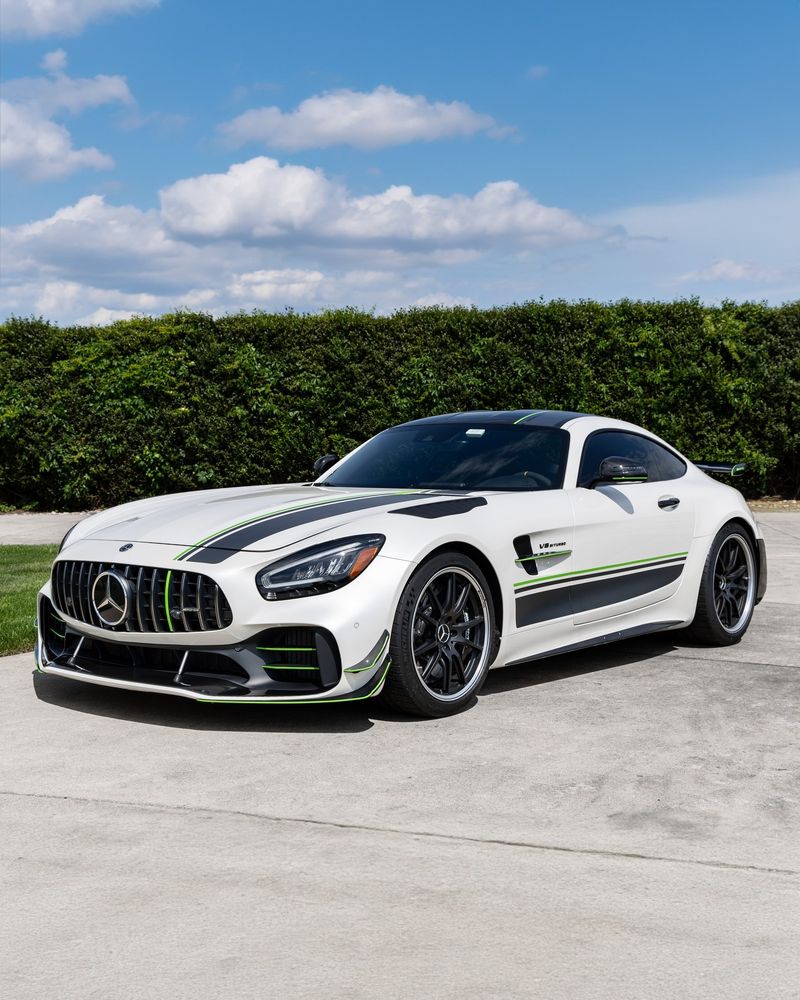
“Green Hell Magno” paint wasn’t chosen randomly – this shade of matte green directly references the Nürburgring where this beast was developed.
The GT R represents AMG at its most extreme, with active aerodynamics, rear-wheel steering, and a twin-turbo V8 producing 577 snarling horsepower.
Unlike previous Mercedes sports cars that emphasized comfort, the GT R prioritizes raw performance above all else.
Its wide stance, massive grille, and prominent rear wing signal its intentions before the engine even starts. When it does fire up, the exhaust note alone is enough to trigger car alarms.
18. Audi R8 V10
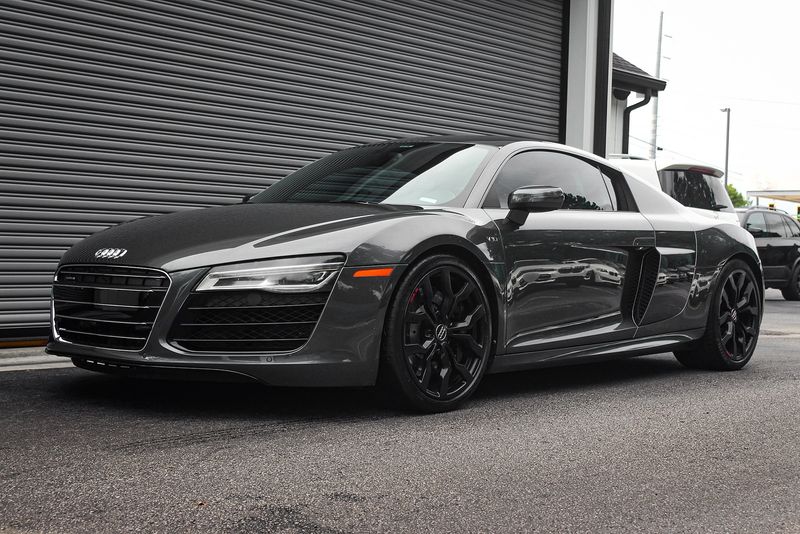
Everyday supercar? The R8 V10 proved you could have exotic car thrills without exotic car headaches.
Sharing its Lamborghini-derived 5.2-liter V10 engine with its Italian cousin, the R8 packaged this mechanical masterpiece behind a glass cover like a museum exhibit.
The signature LED running lights became instantly recognizable on roads worldwide.
Despite performance that could humble many supercars, the R8 could be comfortably driven daily – even in snow thanks to its Quattro all-wheel drive.
Iron Man’s choice of wheels in the Marvel films only enhanced its cool factor.
19. BMW M5 E39
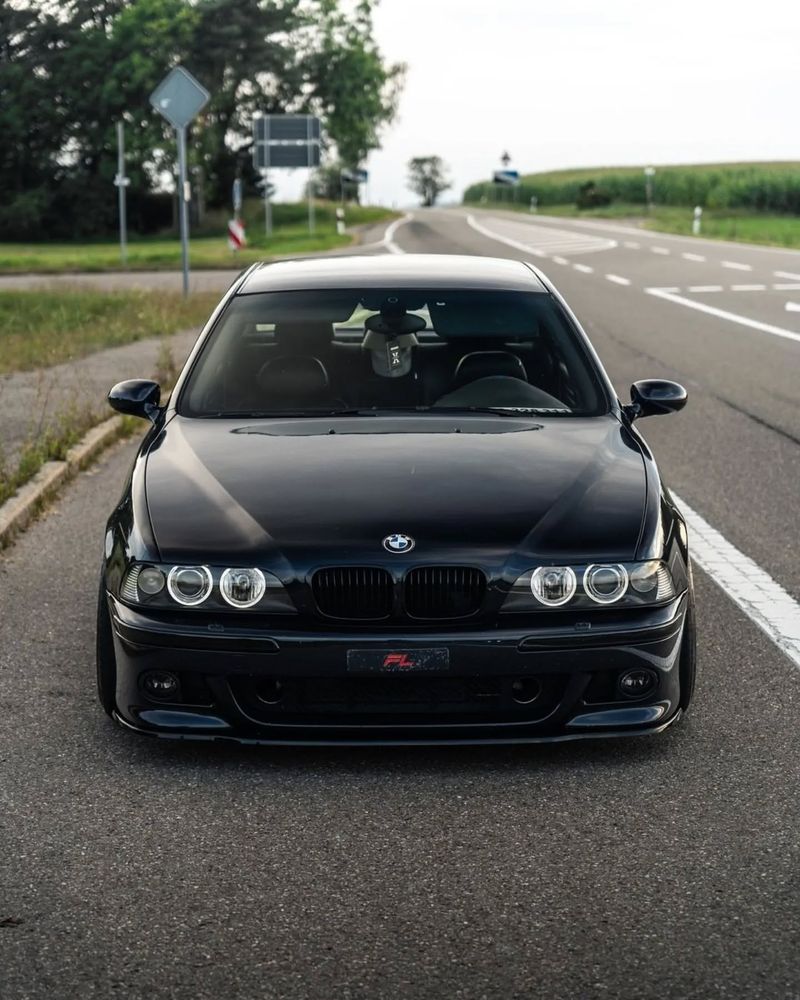
Perfection achieved – the E39 M5 represents the pinnacle of the sports sedan concept.
Understated to the point of anonymity, this 400-horsepower sleeper packed a hand-built 4.9-liter V8 that could rocket five passengers to 60 mph in 4.8 seconds while looking like an ordinary executive sedan.
Unlike modern M cars with their myriad of electronic settings, the E39 offered a pure, analog driving experience.
The subtle M badges, quad exhaust tips, and wider stance were the only clues that this wasn’t your accountant’s regular 5-Series – until it disappeared from view at alarming speed.
20. Porsche Cayman GT4
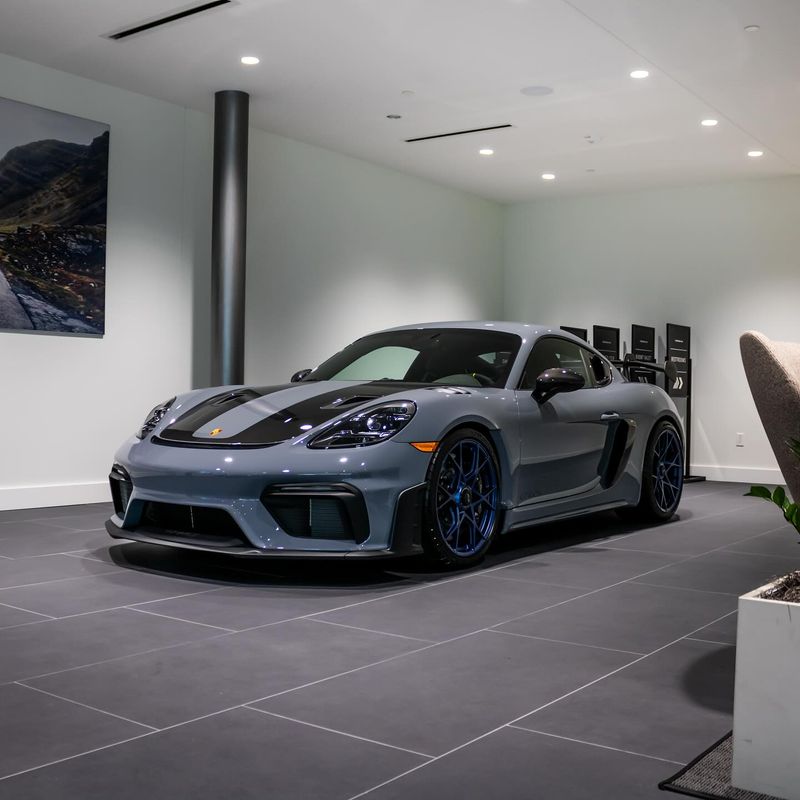
Finally unleashed! For years, Porsche artificially limited the Cayman’s performance to protect the 911’s status.
The GT4 changed everything by giving the mid-engined coupe the power and parts it deserved, creating what many consider the most balanced Porsche ever.
Borrowing its 3.8-liter flat-six from the 911 Carrera S and its front suspension from the GT3, the GT4 represented a purist’s dream.
Manual transmission only, no electronic nannies, and perfectly balanced handling made this the choice for drivers who valued cornering precision over straight-line speed.
21. Volkswagen Scirocco
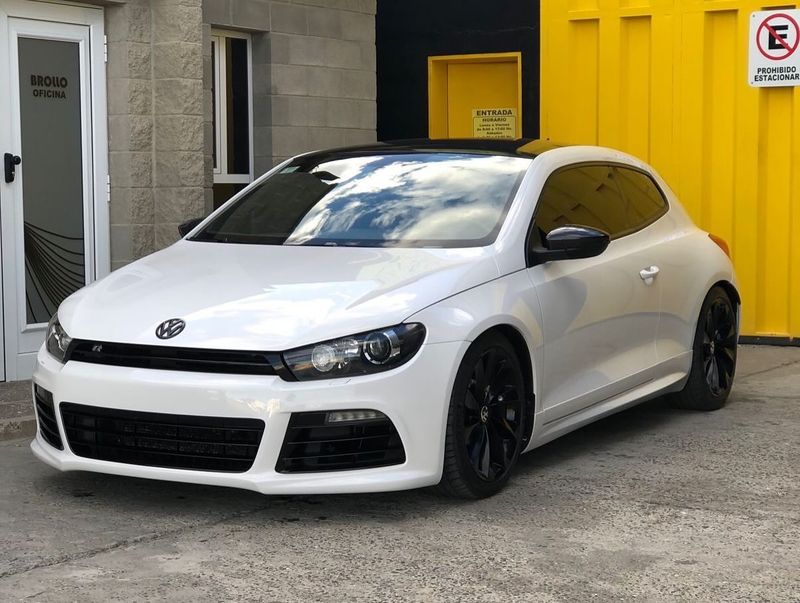
Style over practicality – the original Scirocco proved Volkswagen could do sexy when it wanted to.
Named after a Mediterranean wind, this Giugiaro-designed sport coupe debuted in 1974 with Golf mechanicals wrapped in a sleek, low-slung body.
Despite sharing components with humble VW models, the Scirocco delivered a more engaging driving experience thanks to its lower center of gravity and sportier suspension tuning.
The second generation continued the tradition with its distinctive wedge shape, while the 2008 revival brought the concept into the modern era with turbocharged engines.
22. Mercedes-Benz CLK GTR
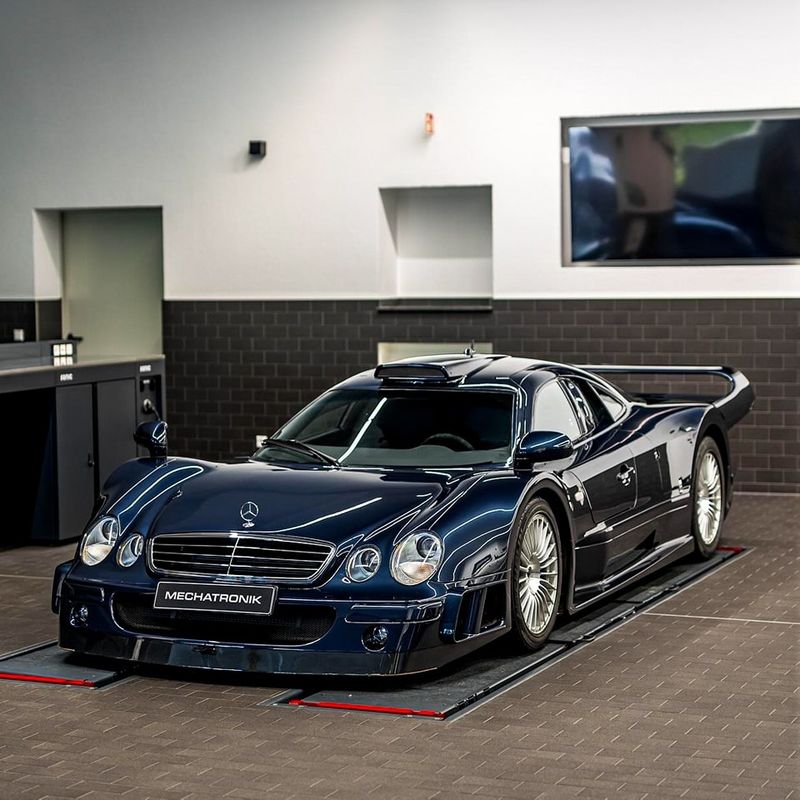
Road-legal only by the thinnest technicality, the CLK GTR was essentially a Le Mans race car with license plates.
Mercedes built just 25 road versions to satisfy homologation requirements, each powered by a 6.9-liter V12 producing 604 horsepower.
Getting in required gymnastic flexibility, the ride quality would rattle fillings loose, and the price tag approached $1.5 million in late-1990s money.
Despite sharing a name and some styling cues with the regular CLK, this carbon-fiber monster shared virtually no parts with any production Mercedes – pure motorsport madness for the street.
23. BMW Z8
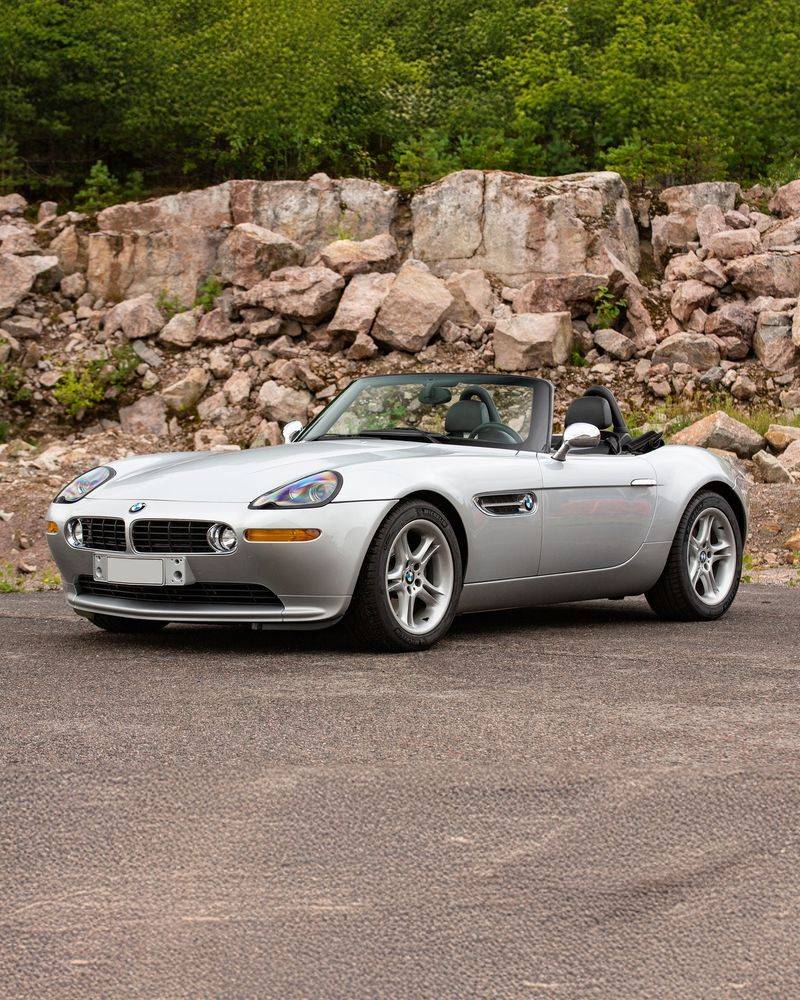
Retro done right! The Z8 masterfully captured the spirit of BMW’s legendary 507 roadster without resorting to lazy nostalgia.
Designer Henrik Fisker created a timeless shape that housed the M5’s 4.9-liter V8 in a hand-built aluminum body.
Famous as Pierce Brosnan’s James Bond car in “The World Is Not Enough,” the Z8 combined classic proportions with modern performance.
Each car came with a color-matched metal hardtop and a special tool kit. BMW even promised to manufacture body panels for 50 years, demonstrating their commitment to this instant classic.
24. Porsche Carrera GT
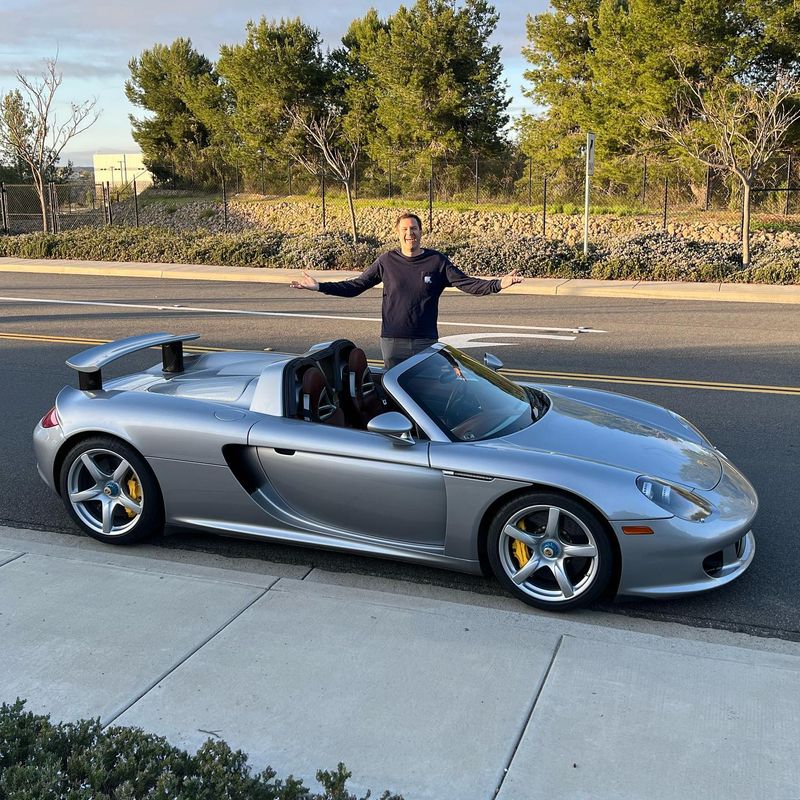
Analog supercar perfection in a digital world, the Carrera GT represents the end of an era.
At its heart beats a Formula 1-derived 5.7-liter V10 that wails to 8,400 rpm, connected to a notoriously tricky manual transmission with a wooden shift knob (a nod to Porsche’s racing heritage).
With no electronic safety nets beyond ABS, this carbon-fiber monster demanded respect from its drivers.
The removable roof panels, carbon-ceramic brakes, and center-lock wheels showcased racing technology, while the inboard suspension visible through the mesh rear grille revealed its competition DNA.
25. Opel Manta A
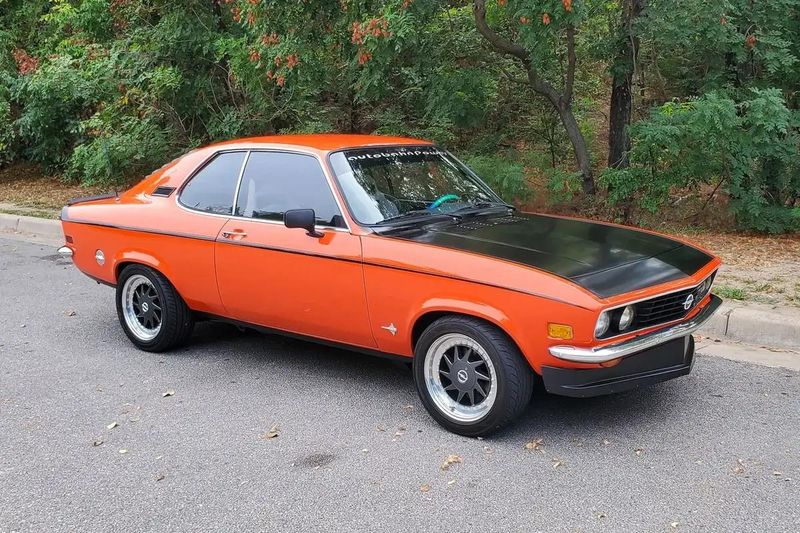
America had the Mustang, Germany answered with the Manta.
This stylish coupe debuted in 1970 as Opel’s entry into the affordable sports car market, named after the graceful manta ray that inspired its flowing lines.
While never as powerful as American muscle cars, the Manta compensated with superior handling and build quality.
A succession of increasingly potent engines – culminating in the fuel-injected GT/E model – ensured respectable performance.
The Manta developed a cult following across Europe, particularly in rally competitions where its balanced chassis shined.
26. Mercedes-Benz SL R129
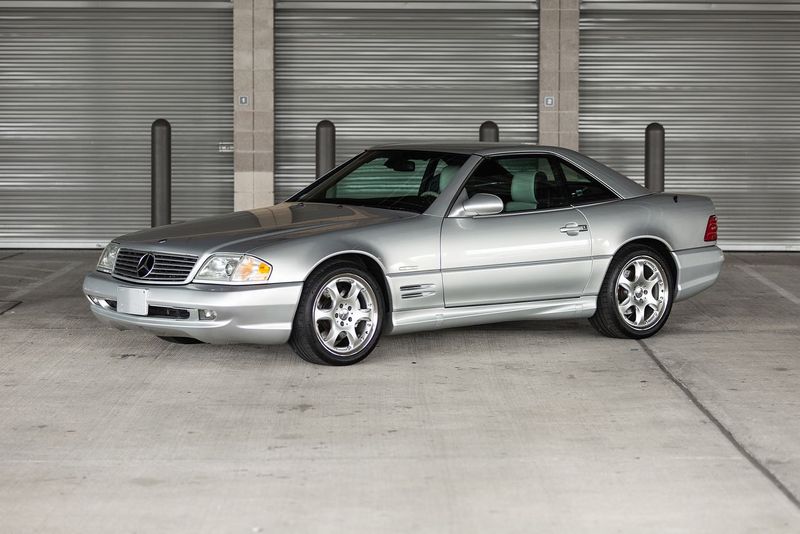
Engineered to outlast civilization itself, the R129 SL represented Mercedes at its over-engineered peak.
This technological tour de force featured innovations like an automatic roll bar that deployed in 0.3 seconds if sensors detected an imminent rollover.
Developed during an era when cost was no object, the R129 took seven years to design and featured industry-first items like electronic damping and an electric convertible top with a removable hardtop.
The 600SL/SL600 variant packed a silky-smooth V12 engine that barely whispered while delivering effortless acceleration.
27. BMW i8
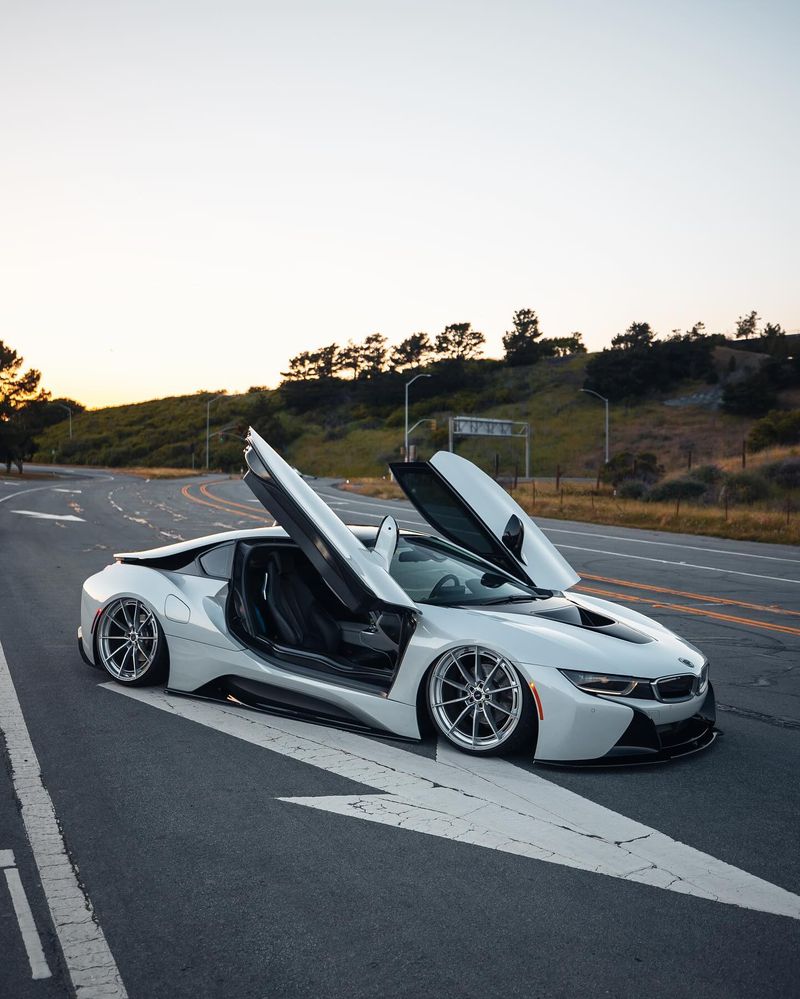
Straight from the future! The i8 looked like a concept car that escaped the auto show floor when it debuted in 2014.
Its butterfly doors, laser headlights, and floating C-pillars created drama rarely seen in production vehicles.
Despite having just a tiny 1.5-liter three-cylinder engine borrowed from a Mini Cooper, the hybrid system’s combined 369 horsepower delivered surprising performance.
Built around a carbon fiber passenger cell with aluminum subframes, the i8 pioneered construction techniques that filtered down to mainstream BMWs.
Its greatest achievement? Making eco-friendly driving genuinely exciting.
28. Audi TT Quattro Sport

Bauhaus design philosophy on wheels! The original TT shocked the automotive world in 1998 with its minimalist, geometric design that looked nothing like contemporary sports cars.
The limited-edition Quattro Sport version took this distinctive shape and added motorsport credentials.
Featuring a stripped-out interior with Recaro bucket seats, no rear seats, and a fixed rear spoiler, the Quattro Sport shed weight while increasing power.
Only 800 were produced, making it one of the rarest Audis ever. Its perfectly balanced proportions have aged beautifully, looking as modern today as when it first appeared.
29. Porsche 911 GT2 RS
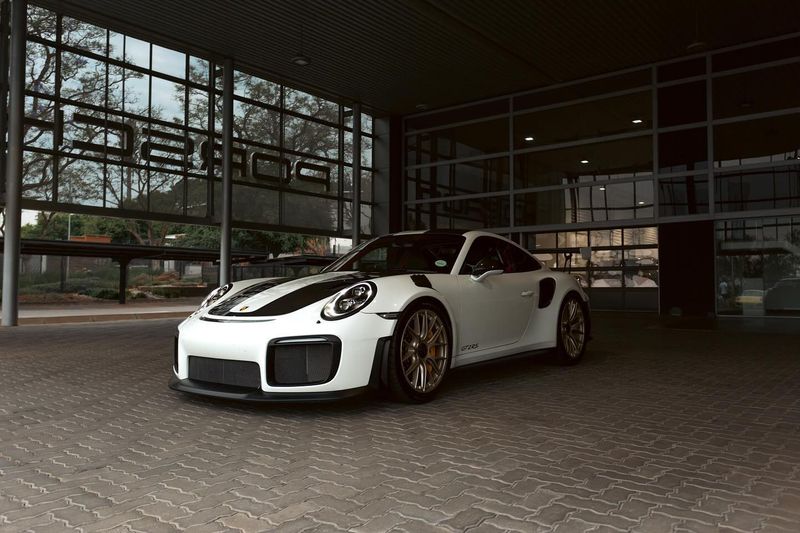
Nicknamed “The Widow Maker” for good reason, this beast doesn’t just push limits—it obliterates them.
Packing 700 horsepower into a frame that weighs less than your average family’s grocery haul, it’s basically a street-legal rocket.
Engineers actually had to design special tires because regular rubber would simply surrender at the first corner.
The sound of its twin-turbo flat-six engine has been known to trigger involuntary goosebumps in automotive journalists.
Ownership requires both deep pockets and serious driving skills—this isn’t just a car, it’s a commitment to controlled chaos.
30. Volkswagen Karmann Ghia

Before Tinder, the Karmann Ghia was the ultimate automotive catfish—gorgeous Italian styling hiding humble Beetle mechanicals underneath.
Volkswagen essentially put a supermodel dress on a librarian and created an instant classic that still turns heads today.
Hand-built by the Karmann coachworks with styling from Ghia in Italy, these curvy coupes never broke speed records but broke plenty of hearts. Owners joke that it goes 0-60 eventually.
Despite its modest performance, celebs like Paul Newman and Clint Eastwood couldn’t resist its charms, proving sometimes looks really do trump horsepower.
31. Mercedes-Benz E500 (W124)
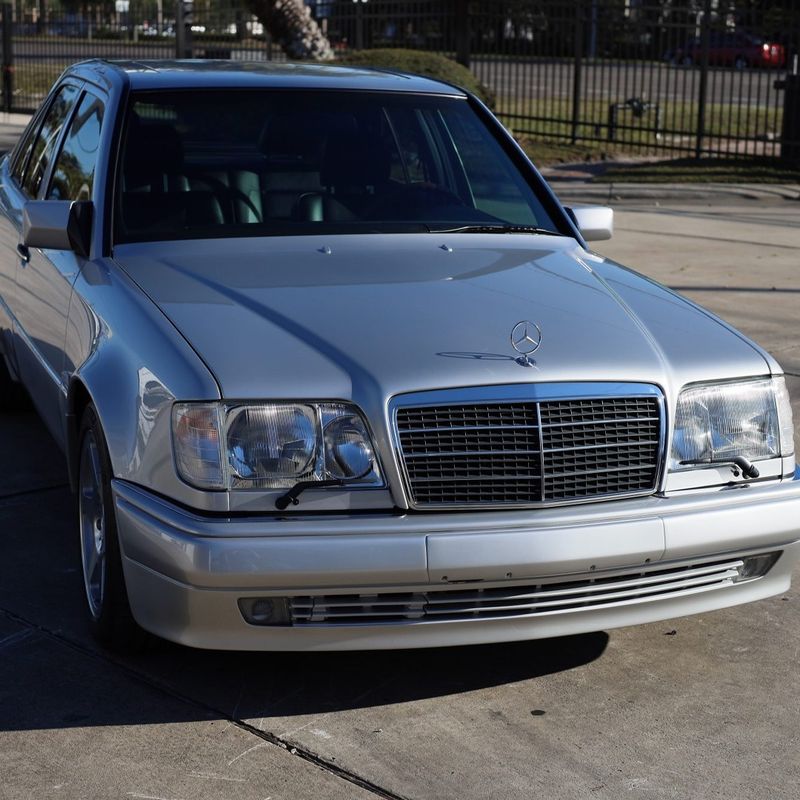
Secretly assembled by Porsche during nightshifts, the E500 was essentially a missile disguised as a sensible family sedan.
Mercedes executives would arrive at board meetings without a hair out of place, despite having just traveled at warp speed on the autobahn.
Each engine was hand-built by a single engineer who then signed their work—like an artist signing a masterpiece.
Only 10,479 were ever made, making this perhaps the most understated member of the automotive 500-horsepower club ever created.
32. BMW 850CSi
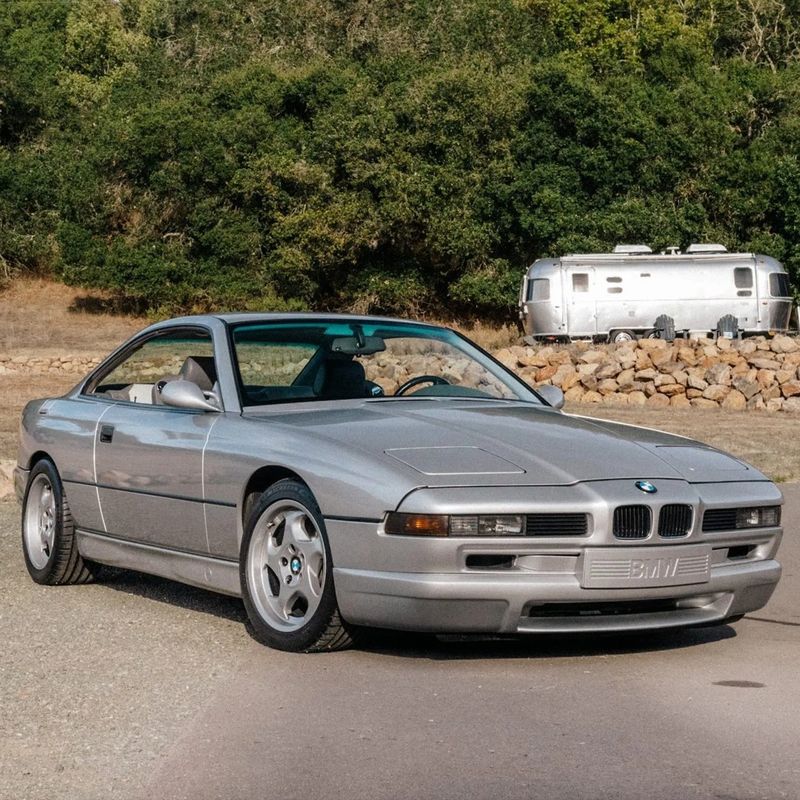
Gliding through the ’90s with pop-up headlights and a V12 engine that purred like a pampered panther, the 850CSi was BMW’s way of showing Ferrari it could play the grand touring game too.
Each engine was basically two straight-six motors having a very expensive date.
Famous for its pillarless window design and doors that automatically sucked themselves shut with vacuum closers, it was the automotive equivalent of a power move.
Computer-controlled suspension read the road 100 times per second—more attentive than most human relationships.
Just 1,510 examples rolled out of Munich, making it rarer than many Italian exotics it competed against.
33. Porsche Taycan Turbo S

Lightning in a bottle—except the bottle is German-engineered aluminum and carbon fiber.
Porsche’s first electric car ironically uses “Turbo” in its name despite having exactly zero turbochargers, proving German humor exists after all.
Accelerating from 0-60 mph in 2.6 seconds, the Taycan can literally rearrange your internal organs while making less noise than a librarian’s whisper.
Its 800-volt architecture allows it to charge faster than teenagers drain phone batteries.
The most impressive feat? Making Porsche purists admit that electric cars can have souls too—something previously thought impossible without flat-six engines and manual transmissions.
34. Audi A8 W12
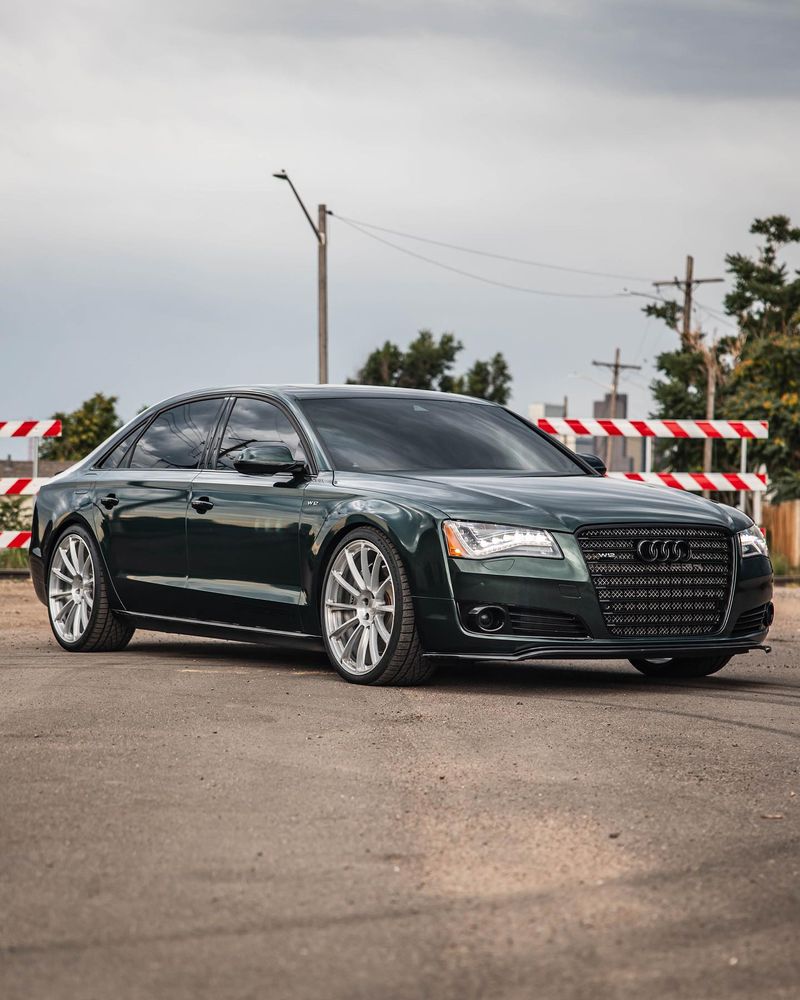
Forget Air Force One—German chancellors prefer twelve cylinders arranged in a ‘W’ formation. Hidden beneath its understated aluminum body lurks an engine so smooth it could talk its way out of a speeding ticket.
The A8 W12 pioneered aluminum space frame technology when other luxury sedans were still made of steel, making it the lightweight champion in a heavyweight class.
Every door closes with the satisfying thunk of a bank vault, which is appropriate since you needed a bank vault of cash to buy one.
Fun fact: The W12 engine is essentially two VR6 engines joined at the crankshaft—German engineering’s version of conjoined twins.
35. Volkswagen Corrado VR6
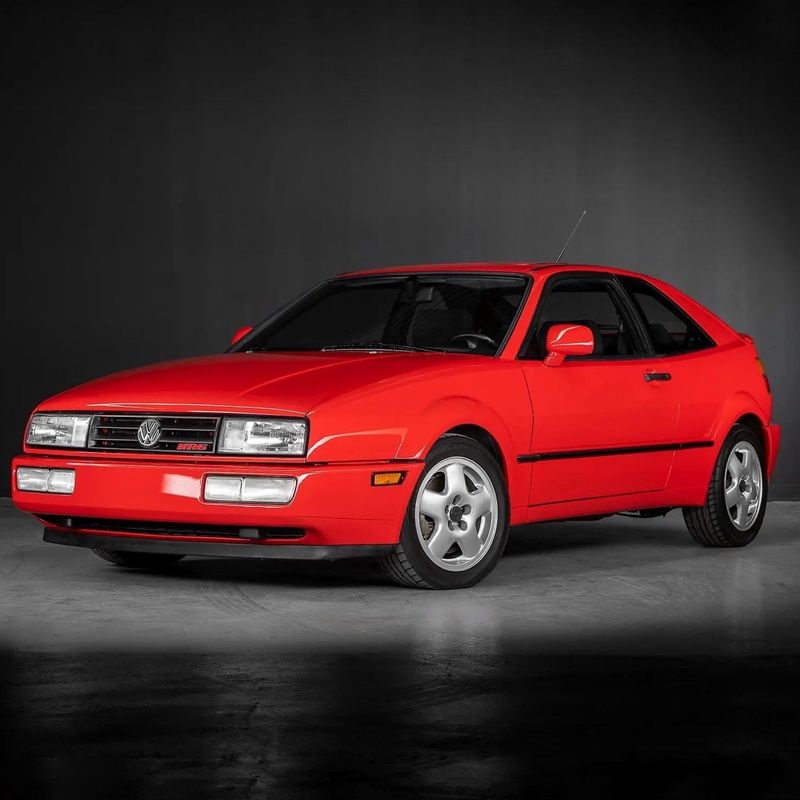
Sporting a rear spoiler that automatically rose at 45 mph like a mechanical peacock showing off, the Corrado VR6 was Volkswagen’s wildest child of the ’90s.
Jeremy Clarkson once called it “the best-handling front-wheel-drive car ever made”—high praise from a man who rarely compliments anything without a prancing horse on it.
Its narrow-angle VR6 engine packed six cylinders into a space meant for four, like a engineering magic trick. Owners formed cultlike devotion to these temperamental coupes, trading maintenance horror stories like war veterans.
36. Mercedes-Benz G-Class
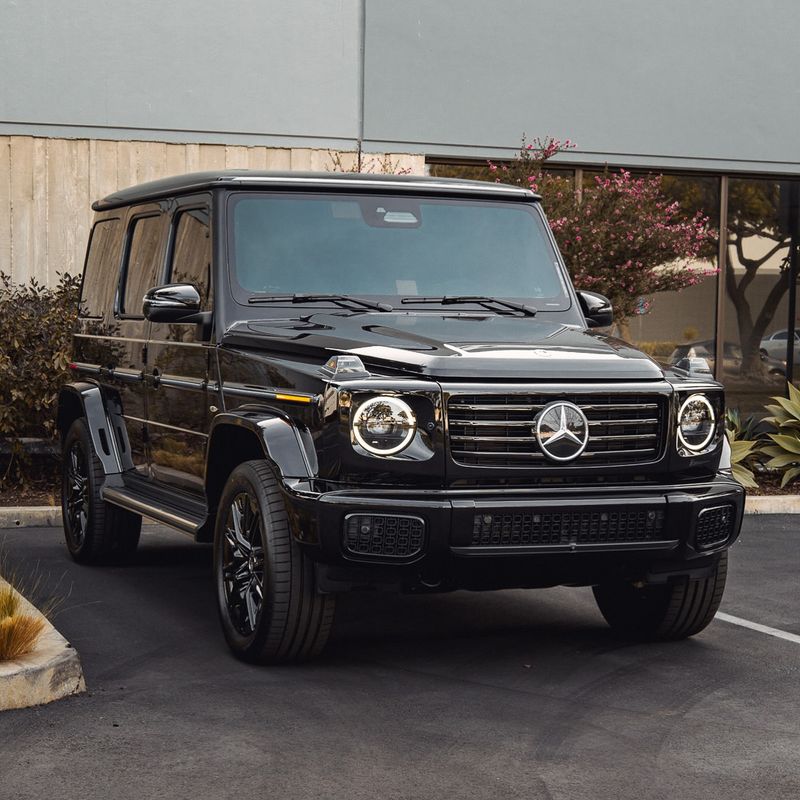
Originally designed for military use, the G-Wagon somehow transformed from battlefield bruiser to Beverly Hills status symbol without changing its boxy silhouette for over 40 years.
The door locks sound like rifle bolts chambering rounds—because nothing says luxury like military-grade engineering.
Despite costing more than a three-bedroom house in most states, owners regularly subject these beasts to mall parking lots rather than the Sahara Desert they were built to conquer.
Its signature feature? Side-exit exhausts that occasionally set grass on fire during off-road excursions.
